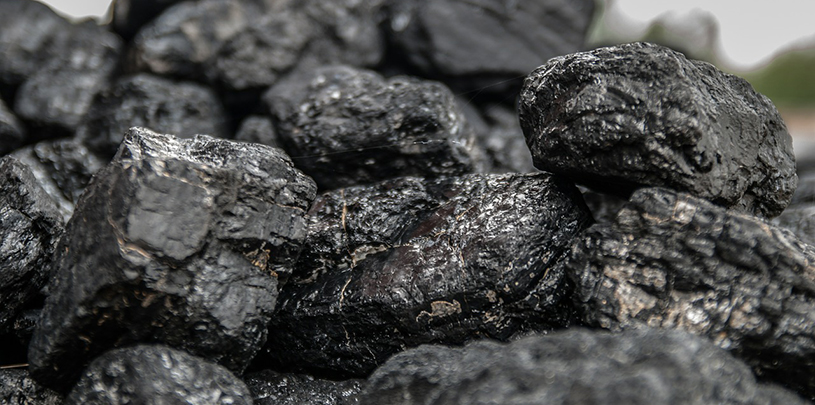
 by Anne Mariah Tapp, Energy Director
by Anne Mariah Tapp, Energy Director
Last week, the Obama administration announced plans to halt all new coal mining leases on federal public lands. The move will reduce carbon pollution and end industry breaks for an industry that has wreaked havoc on the Colorado Plateau.
The first major revision of the federal coal program in nearly three decades, the decision reflects a better understanding of coal’s climate impacts. We know that the Colorado Plateau is a climate hotspot, more dramatically affected by the impacts of climate change than almost any other region in North America, and the Grand Canyon Trust applauds the Obama administration’s breakthrough decision.
The reforms come on the heels of the Paris Climate Accords and President Obama’s State of the Union Address, where he announced it’s time to “change the way we manage...our coal” to address the costs of climate change to our planet. Last fall, the president remarked that “if we’re going to prevent large parts of this Earth from becoming not only inhospitable but uninhabitable in our lifetimes, we’re going to have to keep some fossil fuels in the ground rather than burn them and release more dangerous pollution into the sky.”
Obama's announcement could keep nearly three billion tons of coal in the ground and prevent more than five billion metric tons of carbon pollution from being released into the atmosphere—roughly the equivalent of keeping more than a hundred million cars off the road. It will also ensure that the coal industry pays its fair share as America transitions away from fossil fuels, and toward clean energy and energy efficiency solutions.
More than 40 percent of all coal produced in the U.S. comes from publicly owned deposits on lands managed by the U.S. Department of the Interior. This coal, which is extracted mainly from the American West, is mined for one reason: to be burned. When burned, coal produces more than 11 percent of all U.S. greenhouse gases. Currently, Interior is weighing 61 applications for new coal leases nationwide, 42 of which are located in the American West. Across the Colorado Plateau, hundreds of millions of tons of coal leases are pending, including in and near the plateau’s most spectacular landscapes.
Last week's announcement included a pause on all new leases pending a final decision. Currently, the equivalent of 20 years of coal reserves are already leased, and Interior’s proposal allows for emergency leasing if supplies runs short, so the moratorium on new leasing shouldn’t restrict market availability during the analysis period. Instead, the pause will avoid flooding the market with speculative leasing at discounted prices.
In Utah, the decision will halt pending decisions on the Alton Coal Mine and the Greens Hollow Mine, located near some of the plateau’s most iconic national parks and monuments. The Alton Coal Mine, next-door to Bryce National Park and Grand Staircase-Escalante National Monument, is a notable example.
The Trust had raised objections to these mines in agency comments, and we view Obama’s decision as a great step forward in the federal government’s management of our public lands for the public good.
Arizona Governor Katie Hobbs is the latest elected official to call for an environmental review of Pinyon Plain uranium mine.
Read MoreDr. Laura Crossey explains what scientists know about groundwater in the Grand Canyon region.
Read MoreMore than 275,000 pounds of radioactive materials imported from the Japan Atomic Energy Agency headed to Utah's White Mesa Mill.
Read More